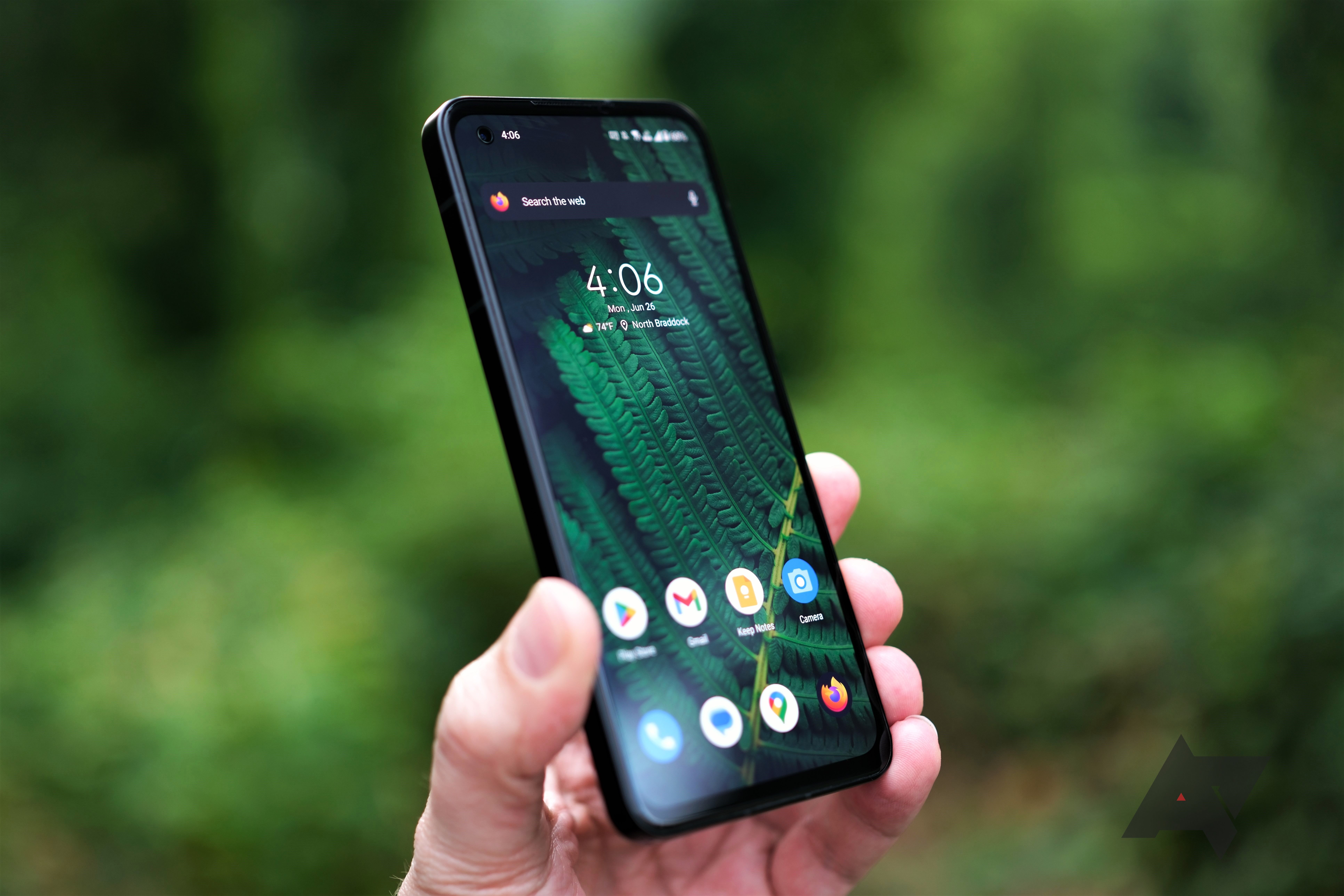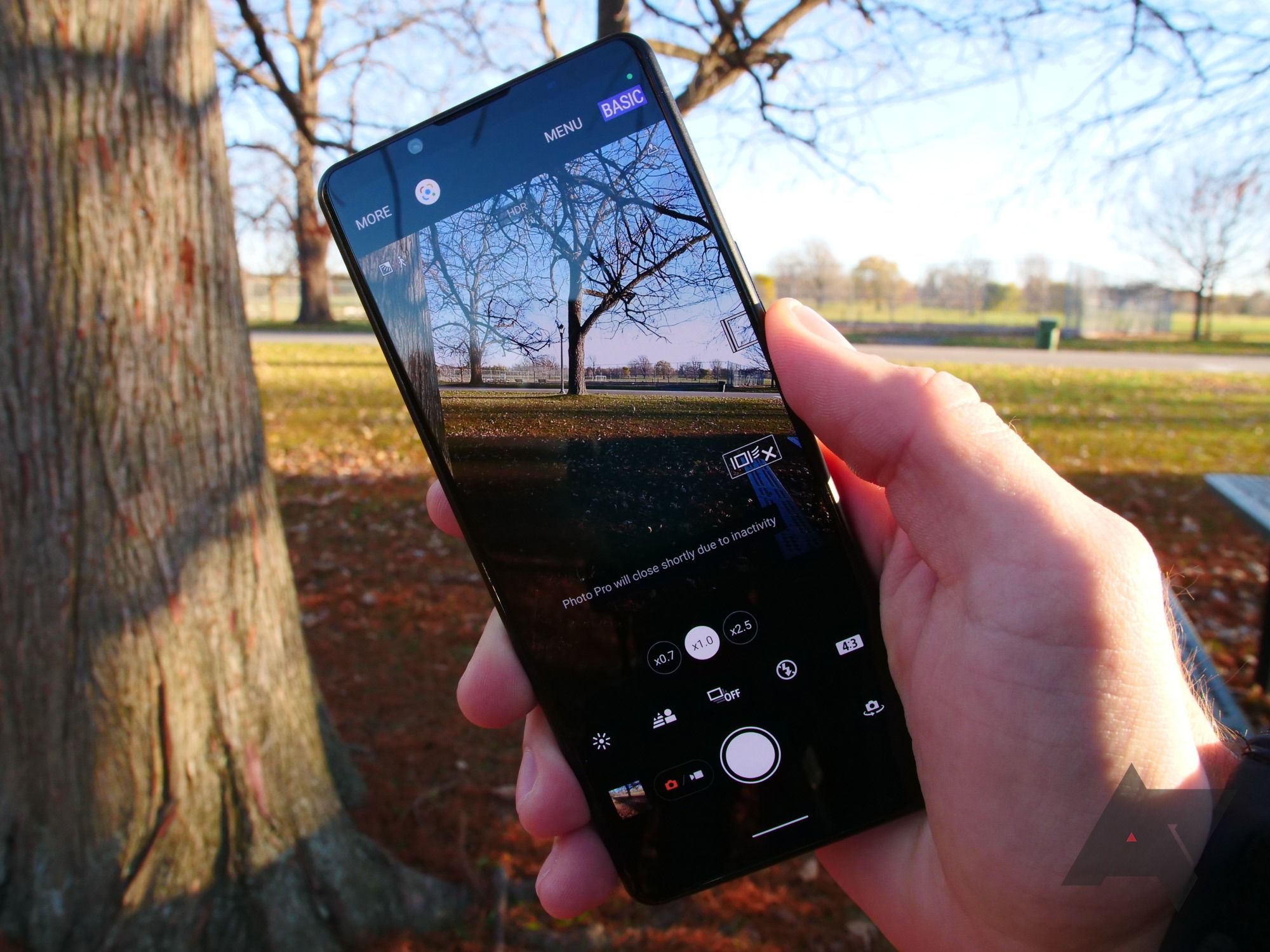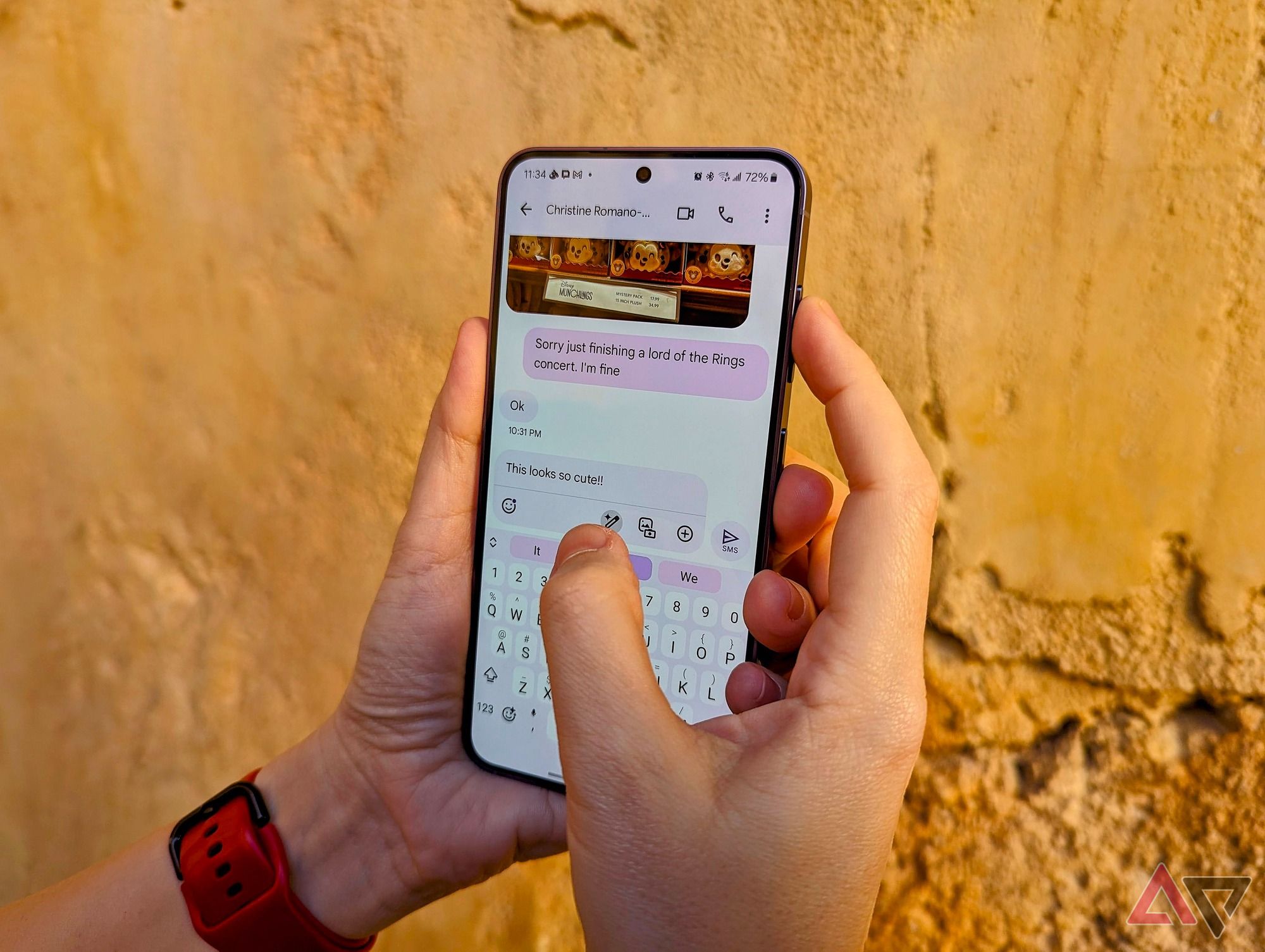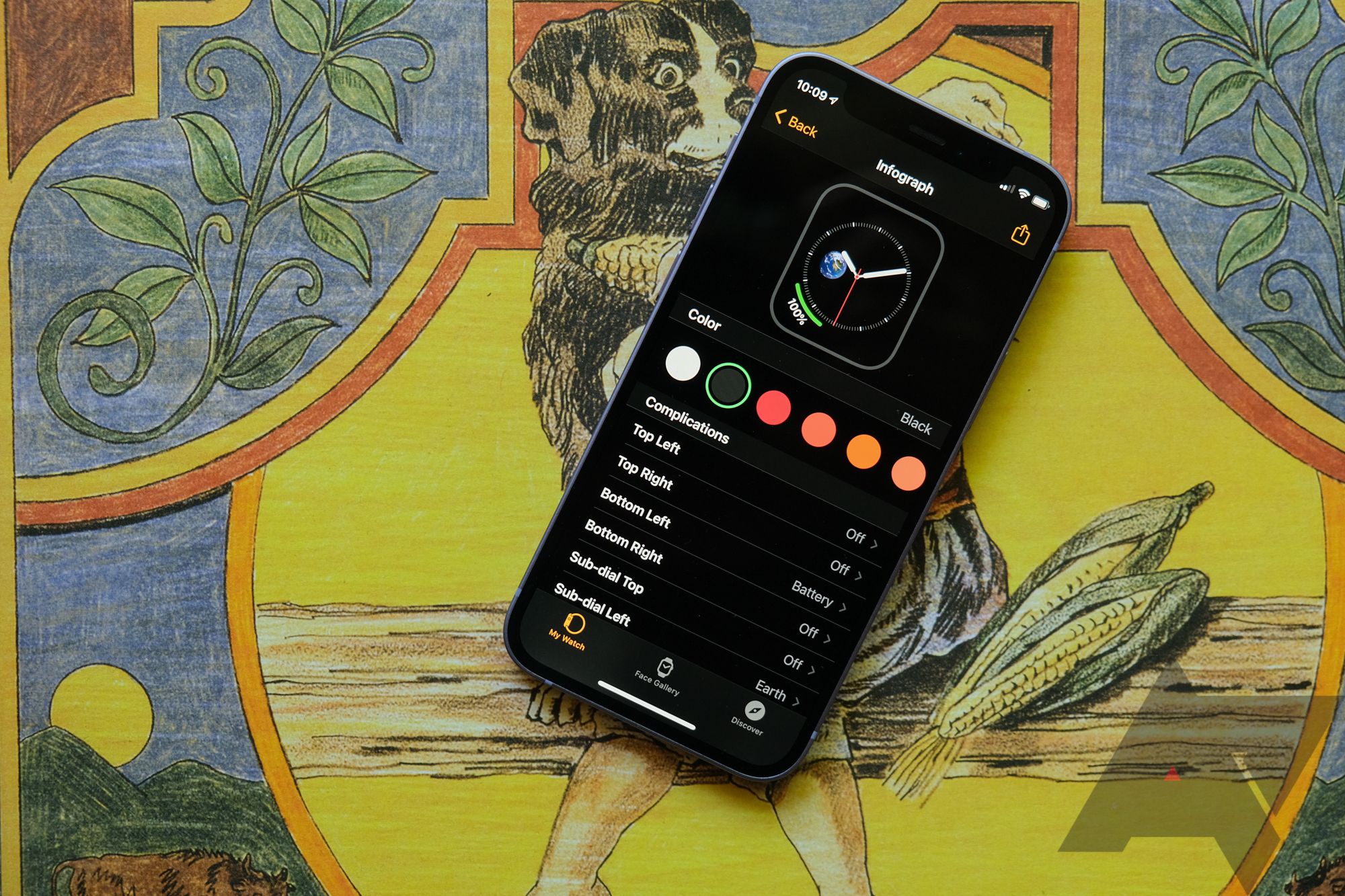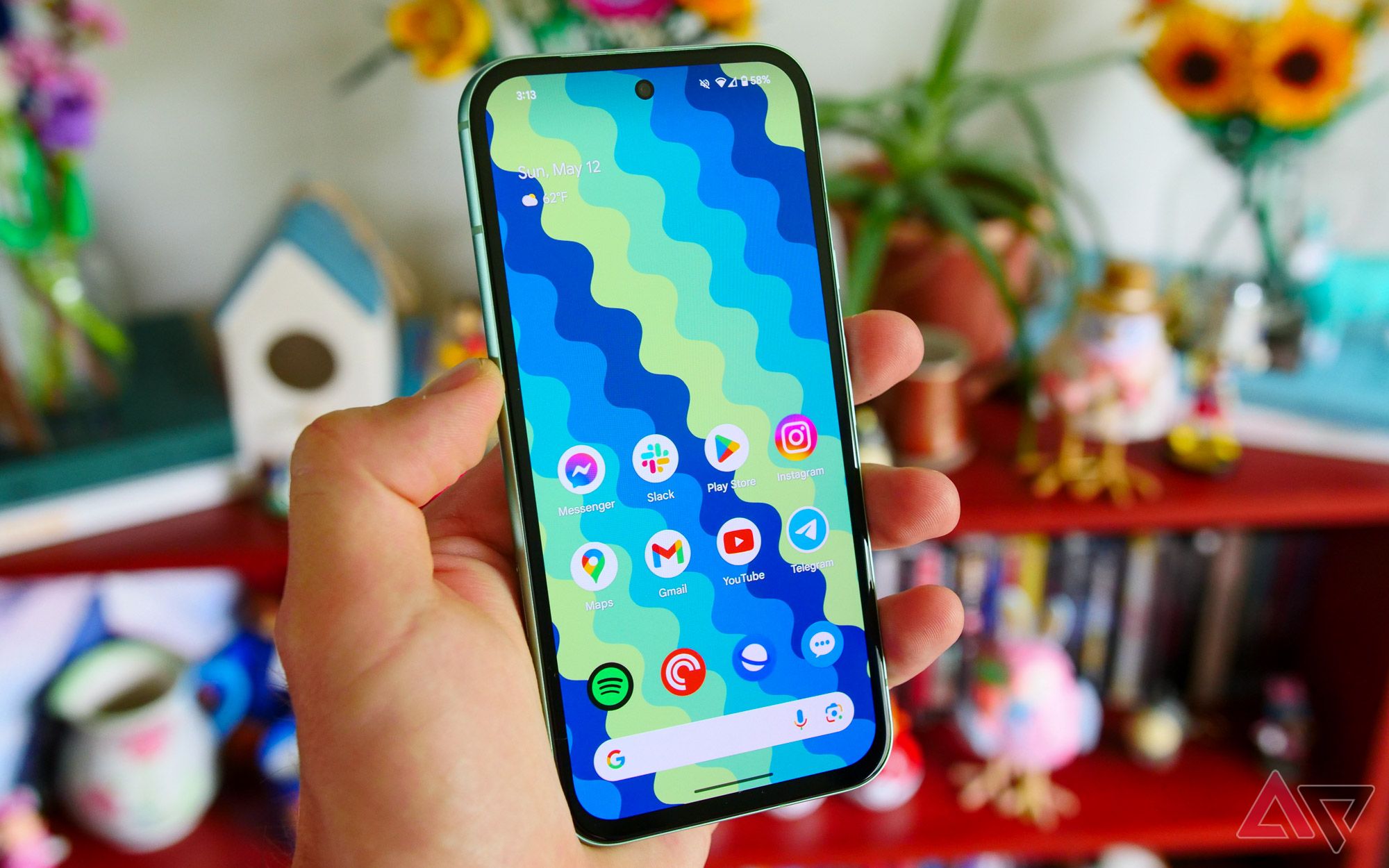These days, it seems like everyone and their dog has an opinion on compact phones. Some people absolutely love the ergonomic ease they bring, while others feel their displays are just too limiting. Chalk it up to modern trends: less than a decade ago, most smartphones had a screen size of around 5 inches, but today, that figure stands upwards of 6.5 inches. As a result, phones have gone from being something that could comfortably be stored in our pockets to causing problems with awkward names like “smartphone pinky.”
Despite a vocal audience of users demanding smaller hardware, it doesn’t seem like phones aren’t going to get any smaller any time soon. They just do so much these days, and most of that utility benefits with a bigger screen, and with your smartphone likely filling a role as your primary computer, it’s a tough sacrifice to make for portability. But in a world with so many smartphone makers — especially outside the US — why is it that so few OEMs are willing to take any chance on small phones? It all comes down to the cost of making such a niche product.
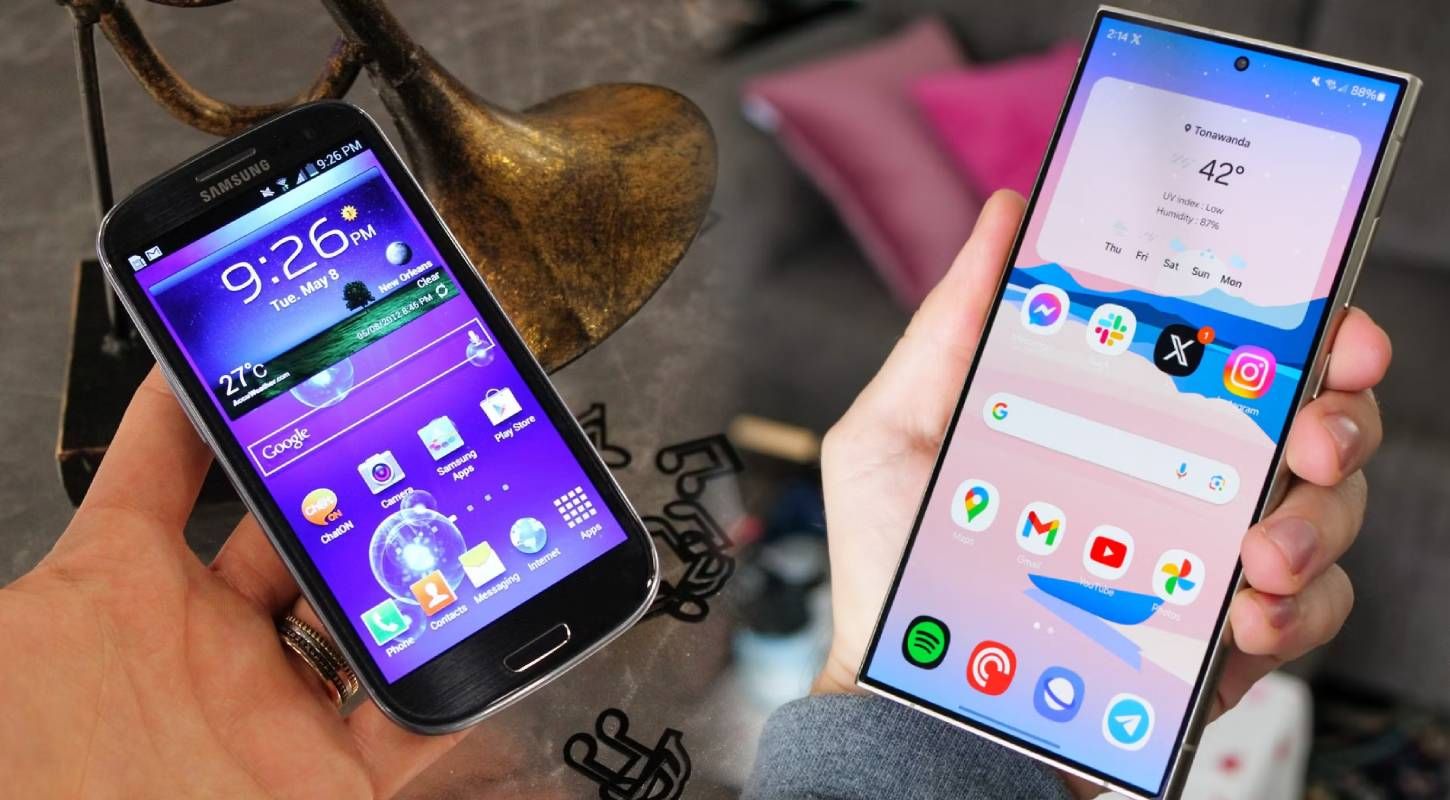
Frogs in boiling water: How smartphones got so huge
It’s our own fault there are no more small phones
Short answer: they are bad business
Small phones, smaller market
One might think that the market for compact phones is big enough to warrant at least some OEMs launching at least some small phones. But in reality, the majority of the market seems to have a strong tendency to prefer larger phones. Online opinions on tech blogs or forums like Reddit may suggest otherwise, but when it comes to speaking with your wallet, there are just not enough people willing to buy smaller gadgets.
Take the case of Apple, a company that is quite good at designing and selling smartphones profitably. Its last small phone, 2021’s iPhone 13 Mini, contributed to just 3% (via MacRumors) of its overall smartphone sales according to MacRumors, even when it was cheaper than opting for the brand’s Pro-series devices. Napkin math suggests that Apple sold around 7 million units of the 13 Mini, which was still not enough for Cupertino to consider continuing the product line. In 2022, the series was replaced with the iPhone 14 Plus, managing to sell 59% more units.
Even for Google and Asus, the smartphone divisions are already so tiny (read: loss-leading) that they are actively trying to move to more mainstream form factors.
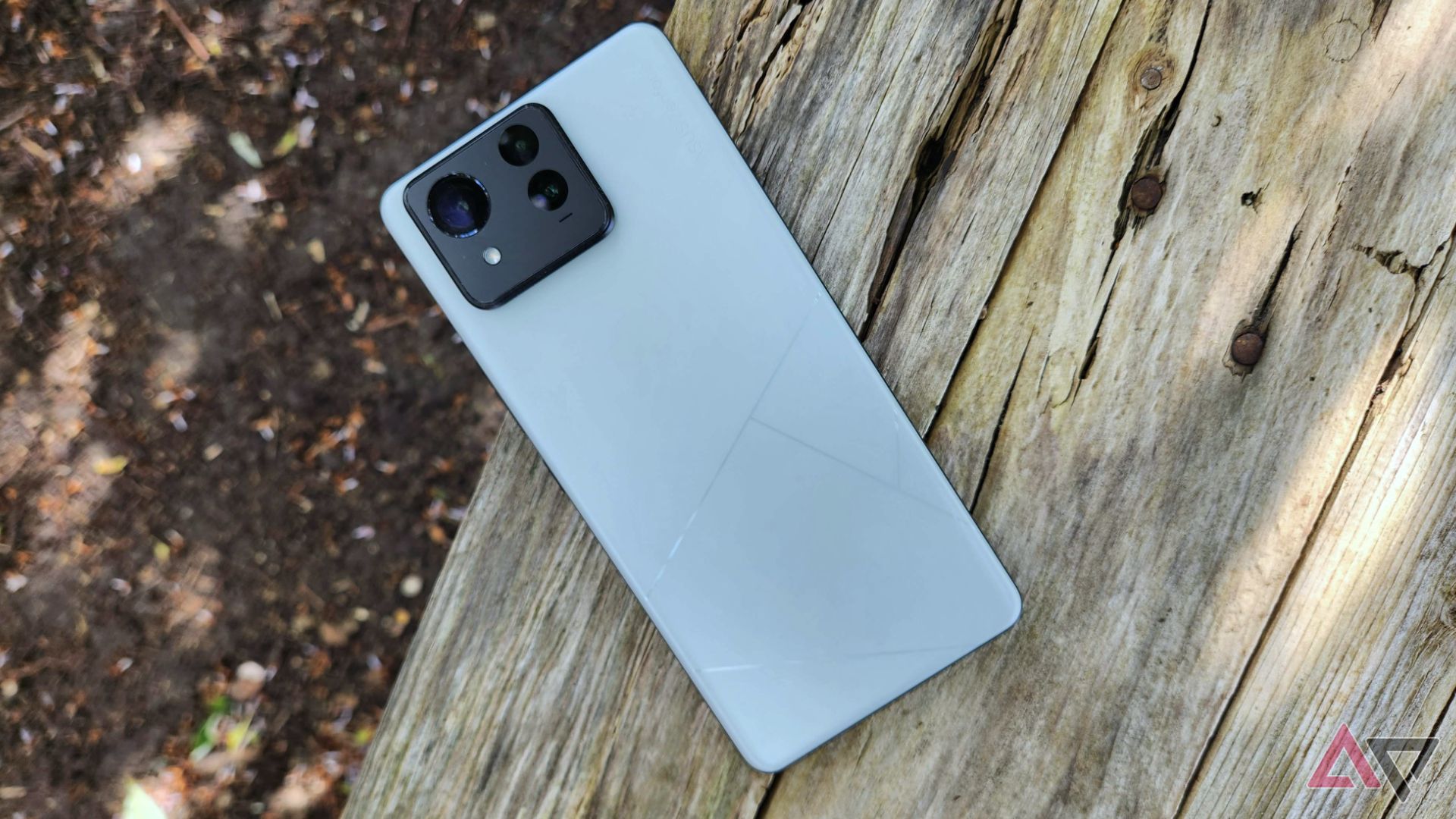
Asus Zenfone 11 Ultra review: They grow up too fast
A solid all-rounder that only comes in a large
No sale, no scale
At every stage, OEMs need to be sure they can get enough components, both on time and at the right price. This happens only when economies of scale are achieved, which happens when enough of these phones are sold, which requires high demand.
Take, for example, the display panel on a phone. While there are dozens of new smartphones each year, their screens are usually not all too different from one another. How often have you scrolled through a list of phone specs only to find — surprise — it’s using a 6.7-inch display? The reason for this homogeneity is the fact that display manufacturers seem to have figured out how to make these exact panels at high volumes and low prices. And with each additional OEM joining the fray, the price potentially goes down further.
For commoditized categories such as smartphones, most decisions are taken with the supply chain in mind.
Now, if an OEM were to try making a smaller phone, it would need to source a non-conventional panel, co-invest in getting the production lines up, and incur a much higher fixed and variable cost per unit owing to fewer units being sold. In every scenario, this increases the bill of materials (BOM) drastically.
Building a small smartphone costs more than you might think
It’s all about R&D
Let’s assume someone has been able to magically procure these panels at a reasonable price. The next problem will be with the rest of the internal components. Designing components is no child’s play. While one might think that making a smaller phone is just miniaturizing certain components, the actual design process is far more complicated.
Inside a smartphone, every tiny component has to fight for its existence. It’s the exact reason OEMs gave for removing the headphone jack. If you’ve seen a smartphone from the inside out, you’ll know how every nook and cranny is occupied with little room to spare.
If larger devices already constitute an engineering feat, reducing the overall volume makes everything way more difficult. And since the R&D initiatives have diminishing marginal returns, this difficulty translates into costs that go in the millions. And for those components that are bought from suppliers, requesting tinier alternatives brings us back to the manufacturing problem discussed earlier.
The next hurdle might be even more difficult to address and one that can’t be solved by money: physics. We might have reached the limit to how far things can be pushed, in terms of making elements smaller without losing their potency or creating other problems. Just think about how complicated these questions are. How can we have smaller batteries without losing battery life? Wait for a battery breakthrough. Can we reduce the cooling headrooms around the SoC? Probably not without the risk of Galaxy Note 7-esque fires. Considered using smaller camera sensors? Maybe one day, with the help of computational photography.
Yes, there might be some headroom here and there, but for the most part, we might have reached the lowest possible volume required to create a good smartphone with the current state of technology.
It might be time to give up the dream
We have seen small phones die a slow death in front of our eyes. But it’s always interesting to try and understand how trillion-dollar companies couldn’t overturn that wave. Plus, we haven’t even gotten started on how most software and content today is designed for larger phones. And while phones could be replaced someday, it seems like gadgets like Humane’s AI Pin mean that future is farther off than you might think.
For now, it seems that the only way to get the benefits of a compact smartphone is to get a foldable or a flip phone. Otherwise, your best bet is to get something like Google’s Pixel 8a or the 6.1-inch Samsung Galaxy S24. They might not be as small as you want, but they’re as close as you’ll be able to find.
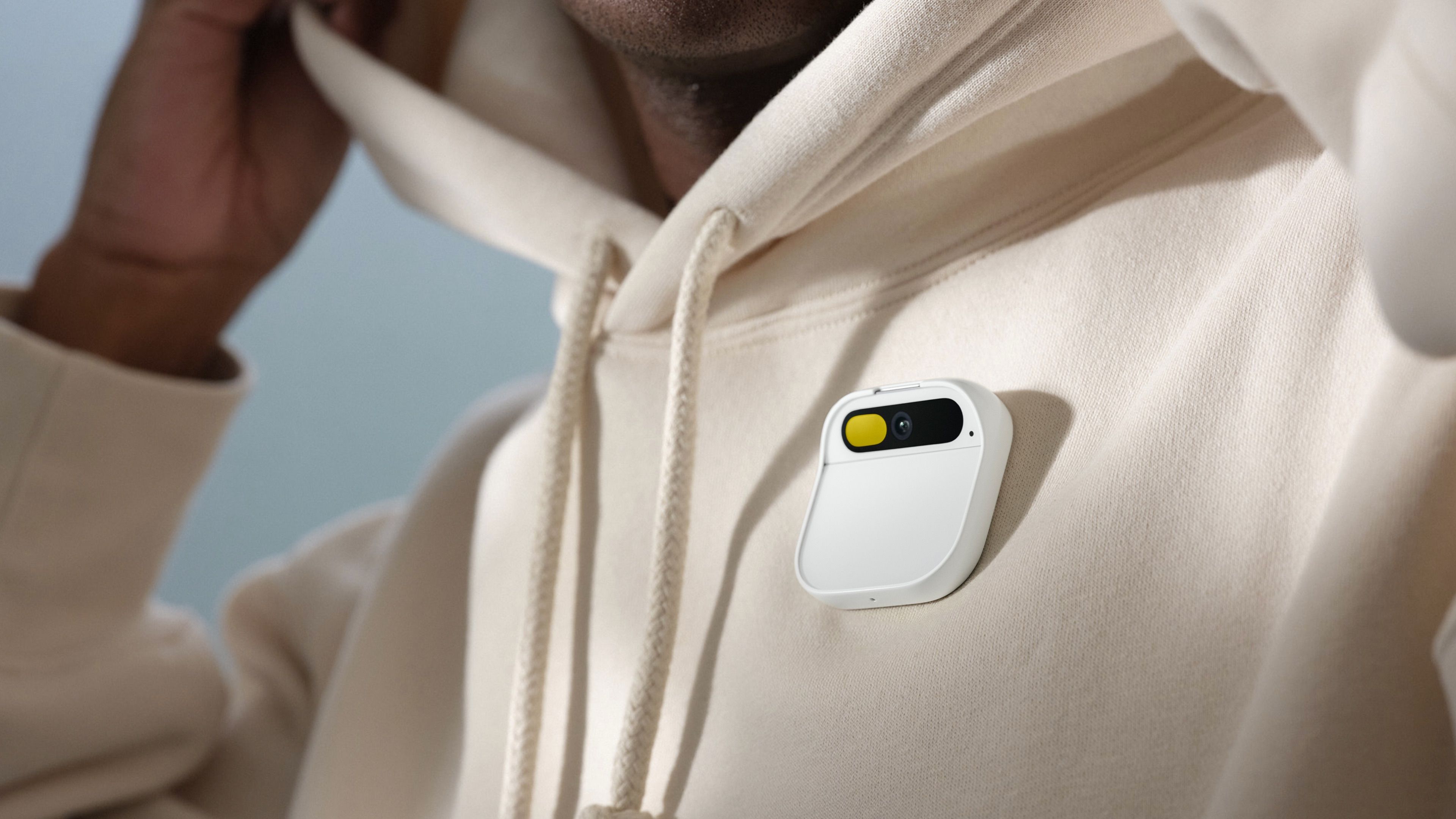
I’m convinced AI won’t be replacing our smartphones anytime soon
How useful would your phone be without an interface? Just give it a thought
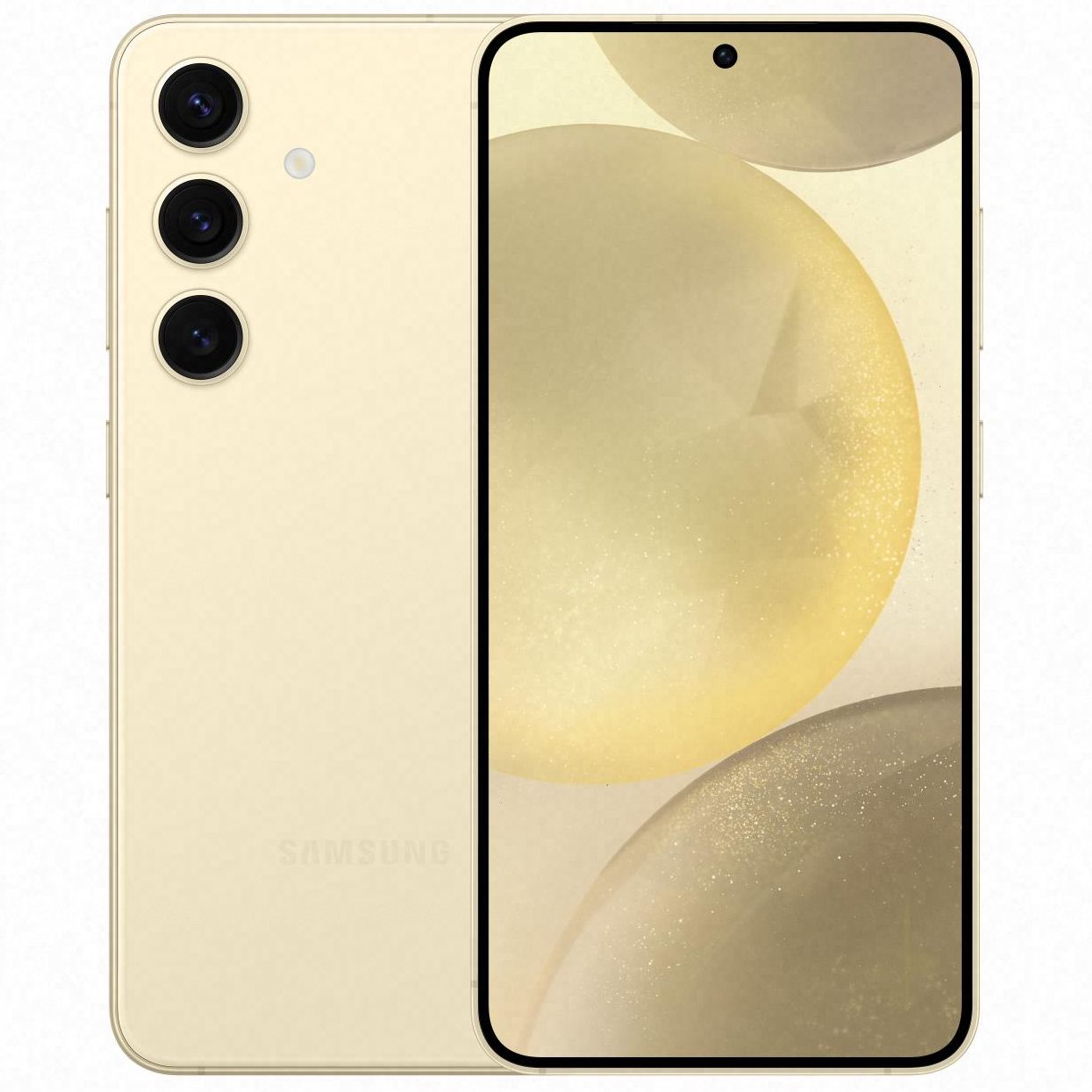
Samsung Galaxy S24
The smallest of Samsung’s 2024 flagships packs possibly the most significant upgrades of the series, with a significantly brighter and 1-120Hz adaptable refresh rate screen, cameras that finally match the S24+, and an even more polished build than the last two years.
Source link

